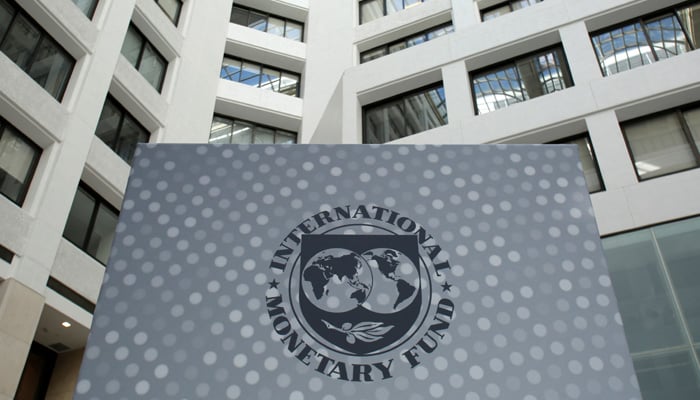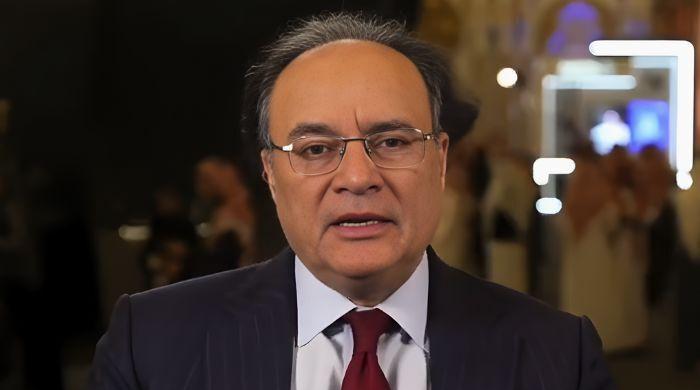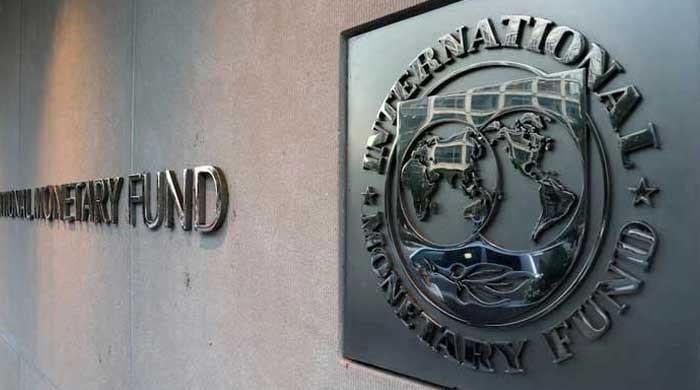IMF lifts 2025 GDP emerging economies' outlook on improved China view
IMF also nudged its 2026 economic growth forecast for emerging economies up to 4% from 3.9%
July 29, 2025

- IMF raises emerging economies' 2025 GDP forecast to 4.1% from 3.7%.
- China's 2025 GDP growth forecast increased to 4.8% after tariff reductions.
- Russia and South Korea's GDP forecasts downgraded for 2025.
The International Monetary Fund (IMF) raised its outlook for economic growth across emerging market and developing economies this year to 4.1% from 3.7%, driven by frontloading and a more upbeat view on China.
In an update published on Tuesday to its flagship World Economic Outlook report, the Fund also nudged its 2026 economic growth forecast for emerging economies up to 4% from 3.9%.
China received the largest upgrade with the Fund predicting the world's number two economy would expand 4.8% this year compared with a previous forecast for 4%.
"This revision reflects stronger-than-expected activity in the first half of 2025 and the significant reduction in US–China tariffs," the IMF said, adding that the latest forecasts assumed the US effective tariff rate at 17.3% rather than the 24.4% which formed the basis of its calculations in April.
The Fund also noted that for all countries, "pauses on higher tariffs are assumed to remain in place past their expiration dates and higher rates are assumed not to take effect".
China posted 5.2% growth in the second quarter, but cracks are showing in the export-led economy at the centre of the trade war.
Beijing is facing an August 12 deadline to reach a durable tariff agreement with Washington, after reaching preliminary deals in May and June. Many countries will see higher duties starting later this week. Negotiations continue on Tuesday in Stockholm.
Risks for the outlook are tilted downward, the IMF said, given the "precarious equilibrium of trade policy stances assumed in the baseline."
The upgrade for emerging markets reflects a more optimistic outlook globally by the Fund, which nudged global GDP growth forecast up to 3% for 2025 and to 3.1% in 2026. However, those levels still mark a downgrade from the Fund's projections made in January.
While most individual economies received upgrades, Russia and South Korea were the exceptions.
Russia's economy is now expected to expand 0.9% this year, from a previous view of 1.5% growth. South Korea's new 0.8% GDP growth forecast for 2025 compares with 1% previously.









